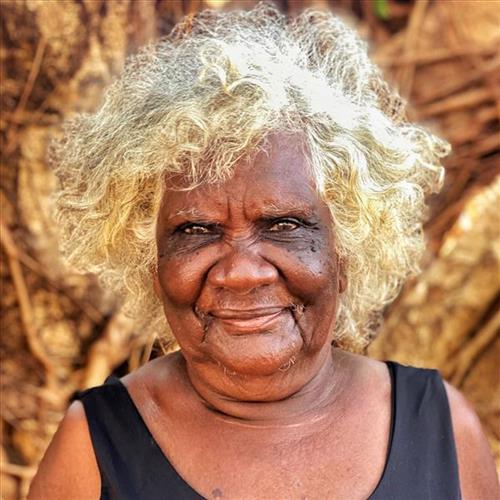115682267528
Marrin (honey dilly bag)
Marriṉ are made from gunga (Pandanus spiralis), baḻgurr (kurrajong) and natural bush dyes. The body of the marriṉ is made from gunga, and the handles from baḻgurr. Once the gunga fronds and baḻgurr bark have been collected, they are stripped and prepared then boiled with the dyes. In the old times, the interior was lined with beeswax to make them leak-proof.
Marriṉ were used for collecting guku (honey). Traditionally, the baḻgurr handles were worn across the forehead while the body of the marriṉ sat at the back, between the shoulder blades making it easily accessible when collecting guku (honey).



